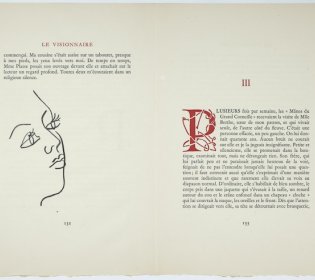Le visionnaire
Year: 1950
Author: Julien Green (1900 - 1998)
Typography: Marcel Manequin
Artist: André Marchand (1907 - 1997)
Publisher: Éditions du Grenier à sel
Portraits with imagination
Marie-Thérèse is portrayed in different ways. The first portraits are detailed, with a lot of difference between the dark and light hues, but further on in the book there are portraits that seem to have been drawn in one stroke. Marchand probably felt the need both to enliven the characters and to represent their spiritual state, which resulted in these two different ways of portrayal.
In the spaces he draws, André Marchand shows himself a contemporary of the Cubists: he does not abide by the rules of perspective, which makes the spaces look unreal. Apart from this, there are abstract illustrations in which Marchand combines sinuous lines and suggested diagonals within the framework of a simple figure such as a rectangle or a circle.
Initially, Marchand had made the lithographies on transfer paper, but, disappointed with the result, he made them again together with 27 new illustrations, this time directly on the lithographic stone. That explains the thick chalk lines and the difference in texture. The lithographies were printed on the hand presses of Marcel Manequin.
The red decorative initials were designed by André Marchand and cut in wood by Gilbert Poillot. They were drawn individually, which caused small differences between them: the lower serif of the P on page 25 differs from the that of the P on page 133 (more differences may be observed in the several J's on pages 9, 75, and 136). There are both letters with abstract decorations and letters with an image of a castle, an eye, or a church yard. They provide a colourful alternation with the dark text.
Bibliographical description
Description: Le visionnaire / Julien Green ; lithogr. originales et lettrines par André Marchand. - [Éd. nouv. / retouchée par l'auteur]. - Paris : Éditions du Grenier à sel, 1950. - 321 p. : ill. ; 35 cm
1st edition: 1934
Printer: Bishop & Fils (typography and initials); Marcel Manequin (lithographies)
Edition: 186 copies
This copy: Number 68 of 186 on Lana. Signed by the artists
Bibliography: Monod-5678
Shelfmark: KW Koopm K 112
References
- Annie Brudo, Rêve et fantastique chez Julien Green. Paris, PUF, 1995
- Wolfgang Matz, Julien Green. Paris, Gallimard, 1998
- Jacques Petit, 'Notice' in: Julien Green, Œuvres complètes; II Épaves. Paris, Gallimard, 1973, p. 1383-1423
- W. J. Strachan, 'The book illustrations of André Marchand' in: Image; 6 (1951), p. 4-13
- Jules-René Thomé, 'André Marchand' in : Le courrier graphique, 46 (1950), p. 17-24
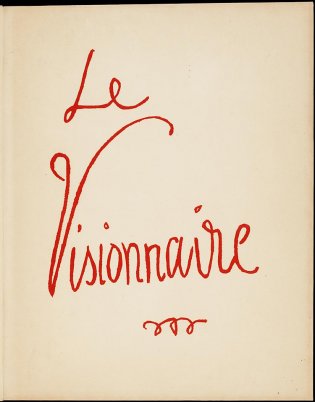
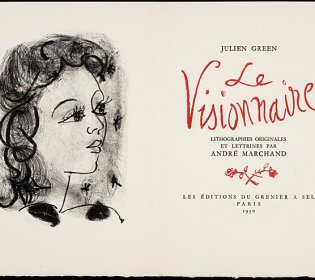
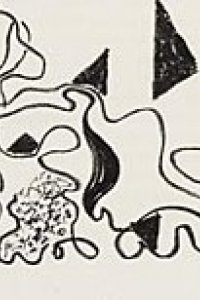
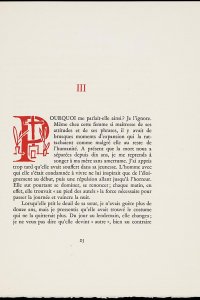
![Litho van André Marchand (p. [239])](/sites/default/files/styles/galerie/public/images/le-visionnaire-p239.jpg?h=cac522ff&itok=Z8nljH_3)
